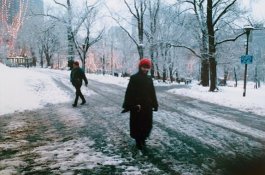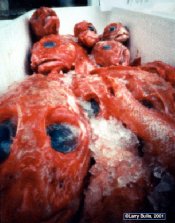It's nice film for certain things, but Superia/Press 800 underexposed one stop (or even two) and then pushed one stop (or even two) will give you much finer grain and more punch in both the low and the high end.
It has low contrast and very chunky grain. It's really good for using when you want a very gritty, yet low to medium contrast look, and/or low saturation. It also tames high contrast light like nobody's business, and gives you very very fast shutter speeds in daylight.
However, I use pushed 800 instead in most scenarios.
It also does not keep nearly as well as the Superia/Press 800. It fogs like a MOFO. I have used very old 800 that worked quite well, but 1600 of the same age was not pretty.
For low light shooting, neither one of these films beats 320T (pushed or not), which is gone for good now. 320T was the better film by a long shot, IMO. Even though it was slower, it had a much more suitable color response for most low-light color temps, which made for a better color rendition and more neutral and detailed shadows. Also, since it was a transparency film, it handled about a stop of "too darkness" just fine. It also held accurate color better when pushing. I used it rated up one stop to EI 640 often, but most often I shot it for live bands at EI 1000 to 1600.
It is worth having at least one or two rolls of the 1600 on hand when I go out shooting color. It is a very unique looking film. You should try it.
Also, check out Fuji Natura 1600, which must be imported from Japan. I hear good things about it, but have not tried it myself.














